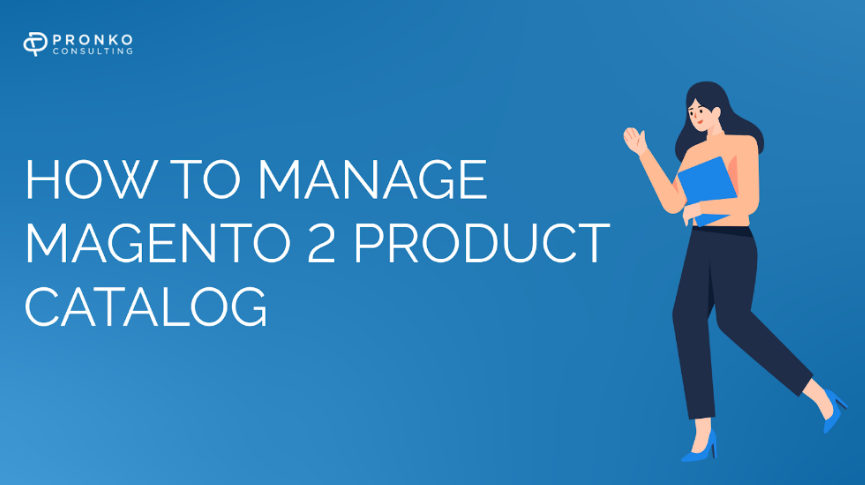15 best practices for managing your Magento 2 product catalog


As a Magento 2 eCommerce store owner, managing your product catalog is crucial to the success of your business. Your product catalog is the foundation of your online store and needs to be organized, optimized, and updated to provide the best shopping experience for your customers. This blog post will explore 15 best practices for managing your Magento 2 product catalog.
Accurate and Descriptive Product Information
Providing accurate and detailed information about your products is essential. Ensure your product descriptions are unique, informative, and optimized for SEO to improve your visibility and increase sales.
Use High-Quality Product Images
High-quality product images showcase your products and increase sales. Ensure that your product images are clear, high-resolution, and properly lit.
Consistent Categorization
Organizing your product catalog into clear and consistent categories will make it easier for your customers to find what they want. Ensure your types are well-defined and specific and avoid using broad categories that confuse your customers.
Manage Your Inventory
Proper inventory management ensures that your products are always available for purchase. Regularly update your inventory levels, and ensure that your product descriptions are accurate to avoid customer confusion and dissatisfaction.
Use Product Attributes
Magento 2’s product attributes allow you to provide additional information about your products, such as size, color, and material. Using product attributes can help you provide more detailed information about your products, which can help your customers make better purchasing decisions.
Use Product Options
Product options allow you to offer variations of your products, such as different sizes, colors, and materials. Using product options can increase sales and provide more customer opportunities.
Cross-Sell and Up-Sell Products
Cross-selling and up-selling products can increase sales and provide additional value for your customers. Ensure that your cross-selling and up-selling recommendations are relevant and helpful to your customers.
Use Reviews and Ratings
Product reviews and ratings can increase customer trust and confidence in your products. Encourage your customers to leave reviews and ratings and promptly respond to negative feedback.
Regularly Review Your Product Catalog
Reviewing your product catalog helps keep your store relevant and competitive. Adding new products and removing outdated products can keep your customers interested and engaged with your store.
Optimize Your Product Pages
Optimizing your product pages can help improve your SEO and increase your sales. Ensure your product pages are formatted correctly, load quickly, and include relevant keywords.
Use Product Bundles
Product bundles allow you to offer multiple products together as a package deal. Using product bundles can help increase sales and provide additional value for your customers.
Use Discounts and Promotions
Offering discounts and promotions can increase sales and attract new customers to your store. Ensure that your deals and promotions are relevant and targeted to your customers.
Monitor Your Competitors
Monitoring your competitors can help you stay competitive and provide the best value for your customers. Regularly review your competitors’ product catalogs and adjust your prices and product offerings accordingly.
Utilize Search and Filtering Features
Search and filtering features can help your customers quickly and easily find what they are looking for quickly and easily. Ensure that your search and filtering features are accurate and properly configured.
Use Analytics to Monitor Your Product Catalog
Analytics tools can help you gain insights into customer behavior, sales trends, and other vital metrics. Use analytics to monitor your product catalog and adjust your offerings and pricing accordingly.
Conclusion
In conclusion, managing your Magento 2 product catalog requires consistent effort and attention to detail, but the benefits are significant. By implementing the 15 best practices outlined in this blog post, you can create a well-organized and optimized product catalog that provides an exceptional shopping experience for your customers. From providing accurate product information to utilizing product options and bundles, regularly reviewing and optimizing your product catalog can help you stay competitive and increase sales. By monitoring your competitors, using analytics tools, and periodically updating your product catalog, you can ensure the success of your eCommerce store and maximize the growth potential.
